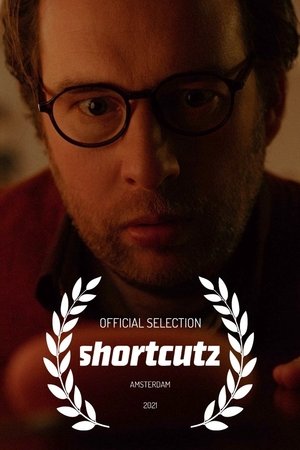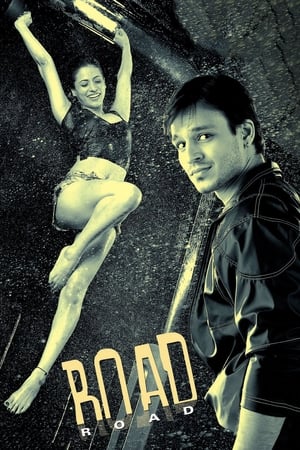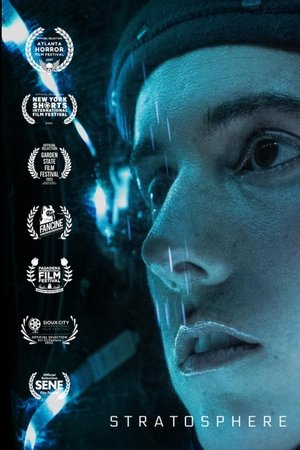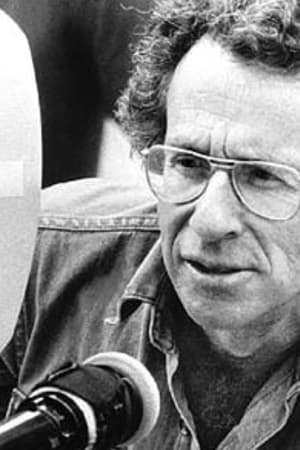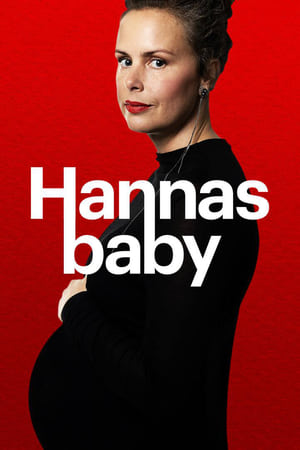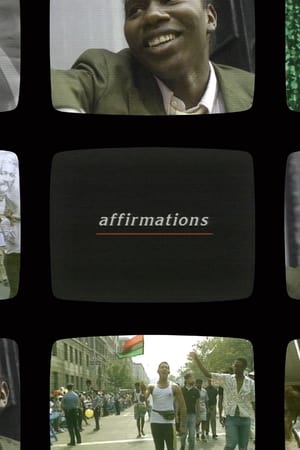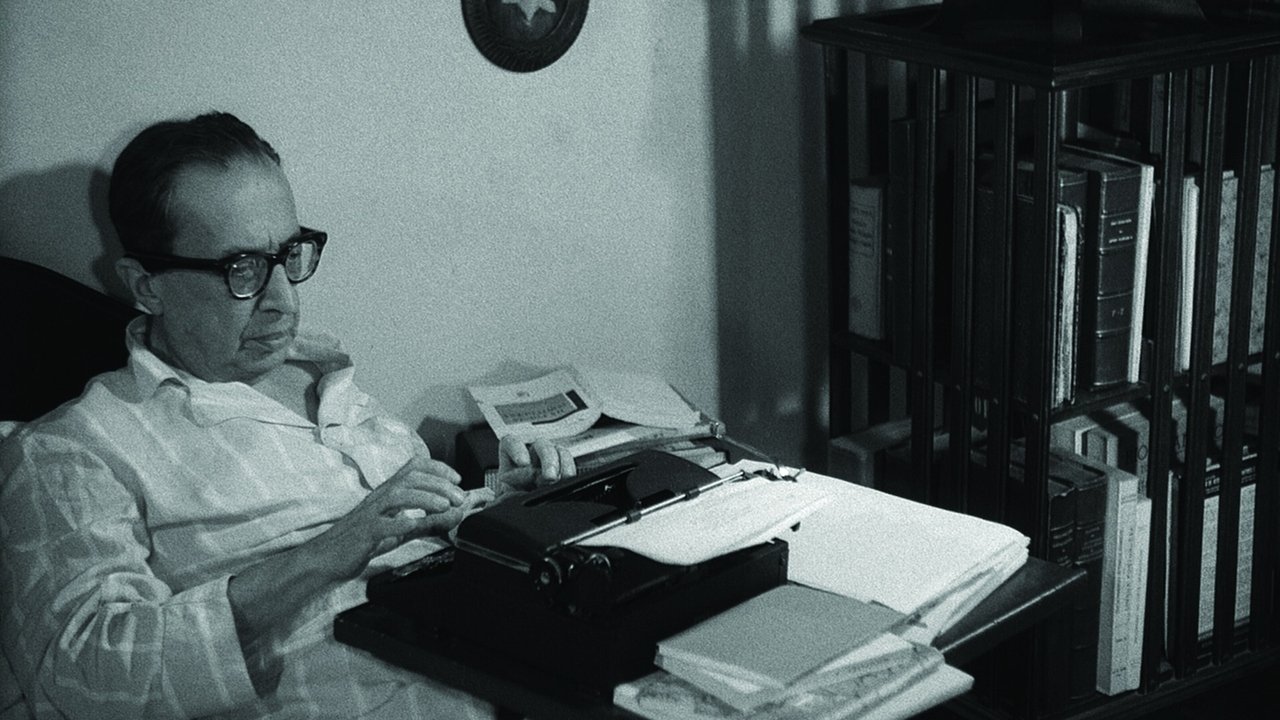
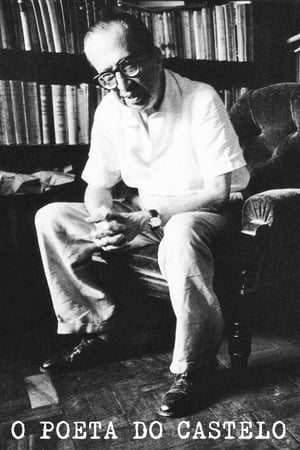
The Poet of the Castle(1959)
A 10-minute portrait of modernist poet and de Andrade’s godfather, Manuel Bandeira, is clear in its affection for it subject, though like many New-Waveish films of the time, depicts the modern urban landscape as an ominous and alienating force.
Movie: The Poet of the Castle
Top 1 Billed Cast
Self

O Poeta do Castelo
HomePage
Overview
A 10-minute portrait of modernist poet and de Andrade’s godfather, Manuel Bandeira, is clear in its affection for it subject, though like many New-Waveish films of the time, depicts the modern urban landscape as an ominous and alienating force.
Release Date
1959-01-01
Average
6.9
Rating:
3.5 startsTagline
Genres
Languages:
PortuguêsKeywords
Recommendations Movies
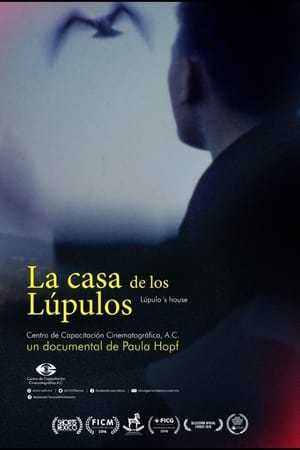 8.8
8.8Lupulos' House(en)
An emotional journey that takes us into one father – daughter relationship, through their struggles and dificultéis, ending in the house by the sea where they were happy together.
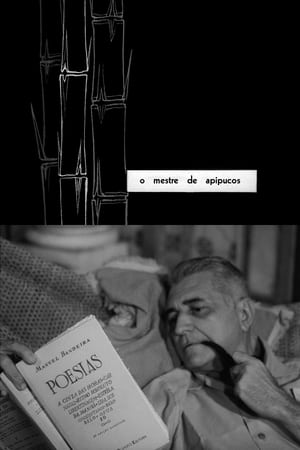 6.6
6.6The Master of Apipucos(pt)
Documentary about influential Brazilian sociologist Gilberto Freyre, made in his country house in Apipucos, Pernambuco (Northeast Brazil).
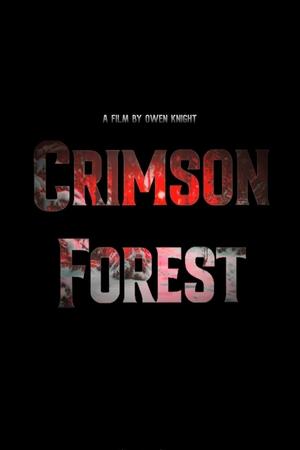 6.2
6.2Crimson Forest(en)
Upon waking up in a strange forest, a young man questions whether or not the environment around him is real or a figment of his imagination.
Home(en)
Through eloquent portrayals of four different life experiences — birth, aging, marriage and the death of a parent — Home addresses how the dissolution of the nuclear family and the increasing control of daily life by institutions have affected the individual. The subjects of this verité documentary include a ninety-four year-old woman in a nursing home and a young man caring for his terminally ill mother at home.
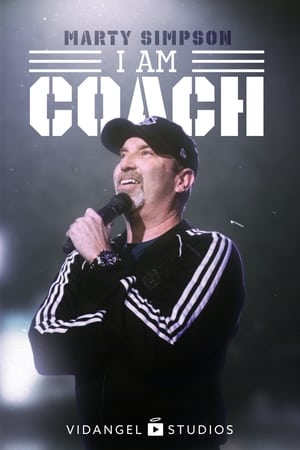 6.5
6.5Marty Simpson: I am Coach(en)
Marty's act is filled with actual events from his life. Everything he says is a true story based on something that either happened to him, his kids, or that he made up entirely. (Do we need to point out that this is sarcasm? Wow, even the parentheticals have sarcasm.)
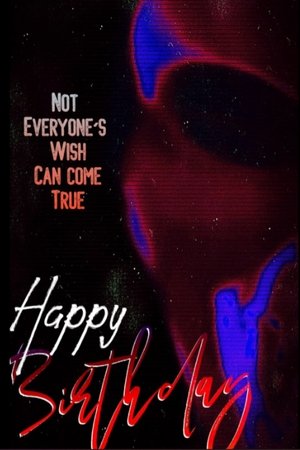 5.3
5.3Happy Birthday!(en)
An unlucky Birthday boy must fight for his life against a masked psychopath.
 9.5
9.5Mara V(en)
This film takes the form of an investigation into the life and work of the sculptor Vaiere Mara, born in 1936 in Rurutu, in the Austral Islands (French Polynesia) and died in Arue in 2005. Mara sculpted wood, coral and stone and his production was remarkable and noticed from the 1960s. Many local personalities placed orders with the man whom some considered the first contemporary Polynesian artist. The film traces the director's journey in search of Mara's works, scattered across islands and continents, and the personal story of this exceptional artist. Combining testimonies from those close to him, reconstructions of the founding moments of his career and documentation of the works found, this film appears as an investigation that is at once human, artistic and detective... which allows us to reconstruct the context of Vaiere Mara's creation.
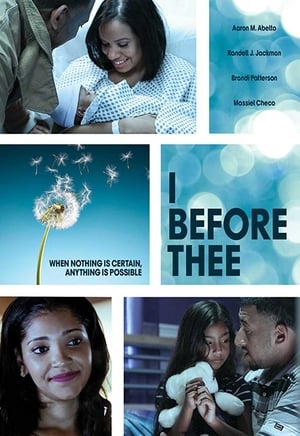 9.2
9.2I Before Thee(en)
Jeffery hasn't been the same since the loss of his wife who died during childbirth. Now crisis returns to his life, as his only child is diagnosed with leukemia, sending him into a tailspin. He turns away from his faith, feeling that life is no longer worth living. As God brings reminders of His goodness into Jeffery's life, will that be enough to guide him back to what matters most?
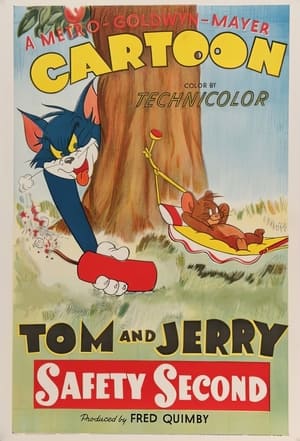 6.6
6.6Safety Second(en)
It's Independence Day, and Jerry's little nephew, Nibbles, wants to celebrate with fireworks, while Jerry reminds him to "keep it safe and sane." Initially, this backfires against Jerry, as his attempts to dispose of the firecrackers Nibbles lights explode in his face, but ultimately, Nibbles saves Jerry from Tom with the usual cartoon uses of black powder.
 7.5
7.5Espectro(es)
A crafty child who wants to see his mother again after her death, finds a way to do it.
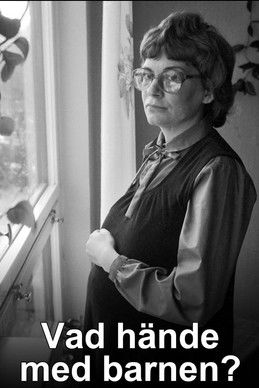 8.0
8.0What happened to the children?(sv)
In this documentary we meet five children in Sweden and see what happened in their lives. Robin was nine years old, but he already knew what a prison looked like and the bad a punishment can do. Frida was not yet born when we filmed her mother Angela in 1983. Her sister Malin lived for several years in a foster family. Bosse was 14 years old and in 9th grade when we met him in 1978. He was the only guy in the class who had glasses. Marie received many postcards and letters from her father, but very rarely met him while she was growing up.
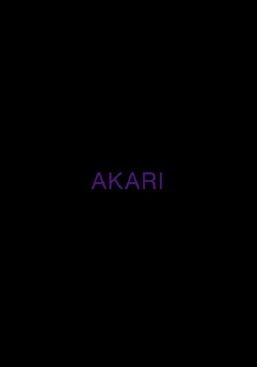 8.0
8.0AKARI(en)
A Japanese tokusatsu kaiju proof-of-concept short film directed by Takeshi Yagi and written by Yagi, Todd Silverstein, and Jordan A. Y. Smith. It is the end result of a tokusatsu film production course taught by Yagi for the online subscription service Narō. Though only about 6 minutes of footage was cut together and shown at Tokyo Comic Con on November 24, 2022, Yagi and his crew intend to put proceeds from course subscriptions toward getting AKARI made as a feature film or television series. It stars the titular Akari, a woman turned giant with alien technology, fighting off a berserk cybernetic monster.
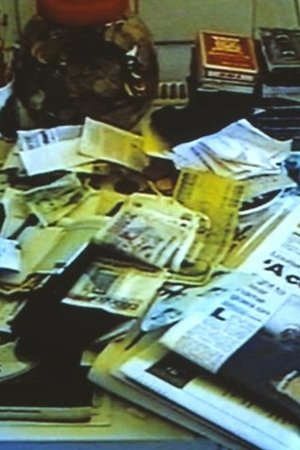 7.8
7.8Tracey Emin C.V. Cunt Vernacular(en)
Emin's video CV is an accompaniment to her work on paper, Tracey Emin CV 1995 (Tate T07632), which is a potted history of the artist's professional and emotional life from conception until 1995. This CV, read aloud by Emin, constitutes the sound-track to the video and provides contrasting background to the visual information on display. As Emin narrates her story of trauma and abuse, mixed with pleasure and success, the video takes the viewer on a journey through the artist's home. The artist is not visibly present in person until the last frames when she appears curled up naked on the floor of her sitting-room at the feet of her mother (who wears black sunglasses and looks away from both her daughter and the camera). Like Emin's handwritten CV, the video constitutes her self-portrait, in this instance adding the component of a journey around the space of her apartment to her narrating voice. -Tate
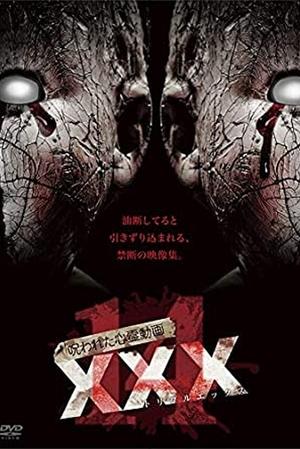 8.0
8.0Cursed Psychic Video XXX 14(ja)
The 14th and scary psychic documentary!! Includes six tapes; "Mirror writing", "Speakerphone", "Name", "Snow country", "Blank time" and "Infinite Retweet".
Similar Movies
 6.7
6.7Workers Leaving the Lumière Factory(fr)
Working men and women leave through the main gate of the Lumière factory in Lyon, France. Filmed on 22 March 1895, it is often referred to as the first real motion picture ever made, although Louis Le Prince's 1888 Roundhay Garden Scene pre-dated it by seven years. Three separate versions of this film exist, which differ from one another in numerous ways. The first version features a carriage drawn by one horse, while in the second version the carriage is drawn by two horses, and there is no carriage at all in the third version. The clothing style is also different between the three versions, demonstrating the different seasons in which each was filmed. This film was made in the 35 mm format with an aspect ratio of 1.33:1, and at a speed of 16 frames per second. At that rate, the 17 meters of film length provided a duration of 46 seconds, holding a total of 800 frames.
 8.2
8.2Night and Fog(fr)
Filmmaker Alain Resnais documents the atrocities behind the walls of Hitler's concentration camps.
 7.3
7.3Daybreak Express(en)
Set to a classic Duke Ellington recording "Daybreak Express", this is a five-minute short of the soon-to-be-demolished Third Avenue elevated subway station in New York City.
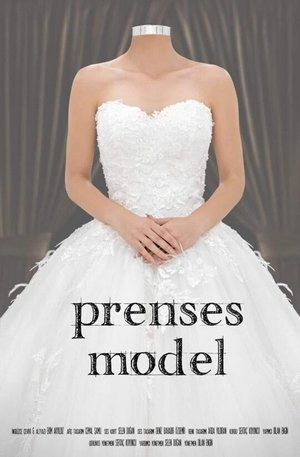 0.0
0.0Princess Ball Gown(tr)
Wedding rituals grounded on non-verbal social agreements represent the perception of society in general. Wedding dress is a symbolic part of these rituals. The process that a wedding dress has went through can be considered as an embodiment of the formation of women identity in society. Like most of the women, wedding dressmakers also dream of being a princess once they wear their wedding dress. On the other hand, dressmakers are certainly aware of the fact that they promote the already existing image of women in society because of their job. While they also recognise the truth is way different.
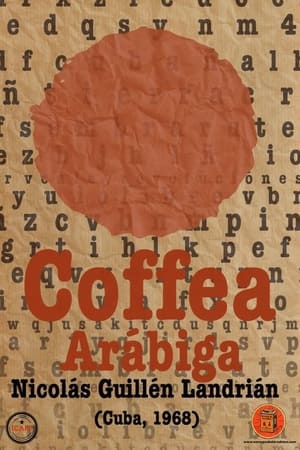 5.2
5.2Arabian Coffee(es)
'Coffea arábiga' was sponsored as a propaganda documentary to show how to sow coffee around Havana. In fact, Guillén Landrián made a film critical of Castro, exhibited but banned as soon as the coffee plan collapsed.
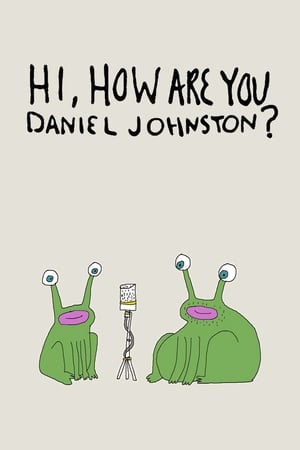 7.3
7.3Hi, How Are You Daniel Johnston?(en)
Daniel Johnston stars in this psychedelic short film about an aging musician coming to terms with the dreams of yesteryear.
 4.9
4.9Visions of Europe(en)
Twenty-five films from twenty-five European countries by twenty-five European directors.
The Unfinished Journey(en)
A short about American life and history produced for the millennium New Year's Eve celebration.
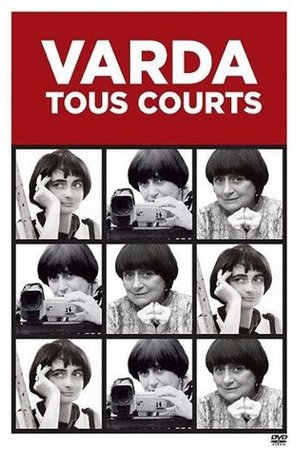 0.0
0.0La Cocotte d'azur(fr)
A short film made with the film end rolls of 'Du côté de la côte'.
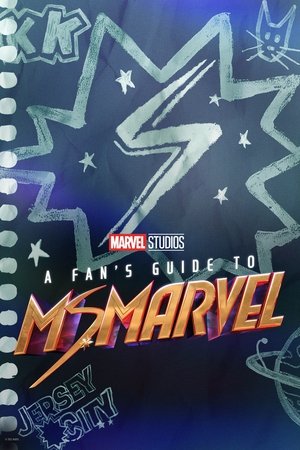 7.0
7.0A Fan's Guide to Ms. Marvel(en)
A documentary short that gives you an exclusive look behind the groundbreaking original series, "Ms. Marvel", from its comic book origins to its development and production as Marvel Studios’ next hit series on Disney+. It features interviews with its award winning filmmaking team and the show’s captivating star, newcomer Iman Vellani.
 7.1
7.1The Arrival of a Train at La Ciotat(fr)
A group of people are standing along the platform of a railway station in La Ciotat, waiting for a train. One is seen coming, at some distance, and eventually stops at the platform. Doors of the railway-cars open and attendants help passengers off and on. Popular legend has it that, when this film was shown, the first-night audience fled the café in terror, fearing being run over by the "approaching" train. This legend has since been identified as promotional embellishment, though there is evidence to suggest that people were astounded at the capabilities of the Lumières' cinématographe.
Rambling 'Round Radio Row #1(en)
Jerry Wald has to write about radio, visiting Sid Gary gives him the tip it might be more easy for him to write this article at the radio station than at his newspaper office. At the studio they listen to the Boswell Sister's rehearsal, which is interupted by some not so friendly remarks by orchestra leader Abe Lyman, they listen at the door, where a Colonel Stoopnagel broadcast is prepared, as well as to the rehearsal of a new song for an broadcast by Kate Smith.
The Mirnavator(en)
Ultrarunners overcome every kind of hardship. During her first run of the season, Mirna Valerio has to silence those who think she's not fit for this sport.
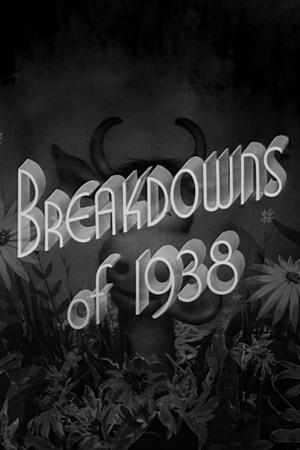 5.0
5.0Breakdowns of 1938(en)
Flubs and bloopers that occurred on the set of some of the major Warner Bros. pictures of 1938.
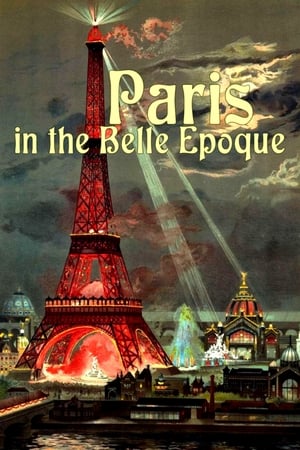 7.0
7.0Paris in the Belle Epoque(de)
The Bokelberg photographic collection brings to life the Paris of the Belle Époque (1871-1914), an exhibition of workshops and stores with extremely beautiful shop windows before which the owners and their employees proudly pose, hiding behind their eyes the secret history of a great era.
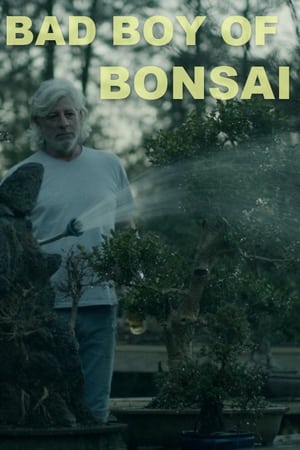 0.0
0.0Bad Boy of Bonsai(en)
Bad Boy of Bonsai is an experimental art-house documentary that focuses on Guy Guidry, a Louisiana local, and his passion for bonsai.
